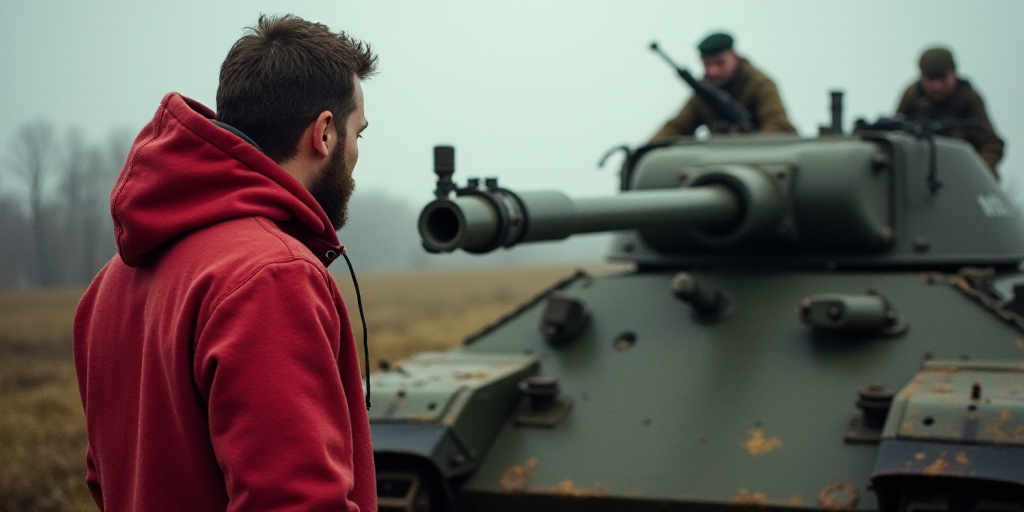Background on Key Players
India and Pakistan, two neighboring nuclear powers, engaged in four days of attacks and counterattacks from May 6 to 10. The clashes, the worst since their last open conflict in 1999, raised fears of a full-scale war.
Just a week after the ceasefire, Pakistan’s foreign minister visited China, its largest arms supplier.
Pakistan’s Claims and Chinese Arms
During the conflict, Islamabad claimed that Chinese-supplied aircraft successfully downed six Indian aircraft, including three French Rafale fighter jets.
Some observers saw this as an example of China’s growing military might. However, other experts were more cautious due to the lack of confirmed information and limited scope of the combat.
Nonetheless, the clashes provided “an exceptional opportunity” for the international community to compare Chinese military equipment on the battlefield with Western (Indian) counterparts, according to Lyle Morris of the Asia Society Policy Institute.
China’s Military Investment and Arms Export
China invests billions annually in defense, but it still lags far behind the United States as an arms exporter.
Chinese drones are used in counterterrorism operations, and Saudi Arabia has employed Chinese weapons in Yemen and Africa, according to SIPRI researcher Siemon Wezeman.
“However, it’s the first time since the 1980s that a state has used large quantities of Chinese weapons of various types against another state,” Wezeman said, referring to the Iran-Iraq War when both sides used Chinese arms.
Pakistan’s Reliance on Chinese Arms
Pakistan accounts for around 63% of China’s arms exports, according to SIPRI. In the recent clashes, Islamabad used J10-C Vigorous Dragon and JF-17 Thunder fighter jets armed with air-to-air missiles.
This was the first time the J10-C was used in active combat, Yun Sun from the Stimson Center declared.
Pakistan’s air defense also employed Chinese equipment like the long-range HQ-9P surface-to-air missile system, as well as armed and reconnaissance drones.
“This has been the first sustained fight where the bulk of Pakistan’s forces relied heavily on Chinese armament and essentially depended on it as the primary option,” Bilal Khan, founder of Quwa Defense News & Analysis Group in Toronto, stated.
India did not confirm any losses of its aircraft, though a security source told AFP that three planes crashed on Indian territory without specifying the type or cause. The Rafale manufacturer, Dassault, did not respond.
The Rafale is regarded as one of Europe’s most advanced fighter jets, while the J10-C “is not even China’s most advanced,” James Char from Nanyang Technological University in Singapore noted.
However, if Pakistan’s claims are accurate, “this should not come as a surprise… considering that the Rafale is a multifunctional fighter, whereas the J10-C was built for air-to-air combat and is also equipped with a more powerful radar,” Char added.
Chinese air defense systems, however, “did not appear to be as effective as Pakistan’s air force had hoped,” Khan from the Toronto-based think tank said.
India claimed to have neutralized one of them near the frontier city of Lahore, in eastern Pakistan.
If true, “this would be a significant success and more than compensate for any losses incurred during the process,” Wezeman from SIPRI said.
Potential Increase in Chinese Arms Orders
Following the clashes, shares of Chengdu Aircraft Company, the J10-C’s manufacturer, surged over 40%.
“It is most likely that Chinese contractors will receive more orders,” Sun from the Stimson Center said.
However, “it will take time and a significant shift from Chinese weapons manufacturers for China to become a major arms exporter,” Jennifer Kavanagh from the US-based Defense Priorities think tank clarified.
According to Wezeman, “stock markets reacted excessively,” as “we still need to see how well all the weapons performed and whether it truly matters.”
Even if more information emerges, the conflict has not revealed much about China’s own military capabilities, analysts noted.
Key Questions and Answers
- What was the significance of the India-Pakistan conflict? The clashes provided an opportunity for the international community to observe Chinese military equipment in action against Indian forces.
- What types of Chinese weapons were used? Pakistan employed J10-C Vigorous Dragon and JF-17 Thunder fighter jets, along with Chinese surface-to-air missile systems and drones.
- How did Chinese weapons perform? While Pakistan claimed success with downing Indian aircraft, the effectiveness of Chinese systems remains unclear due to limited information from the conflict.
- What impact could this have on China’s arms export? Although Chinese weapons manufacturers might receive more orders, significant shifts are needed for China to become a major global arms exporter.
- How did stock markets react? Stock markets overreacted to the conflict’s potential implications for Chinese military exports, according to some analysts.






